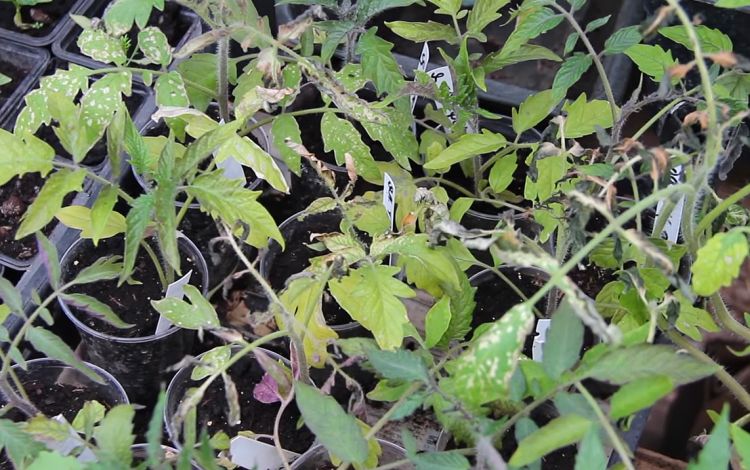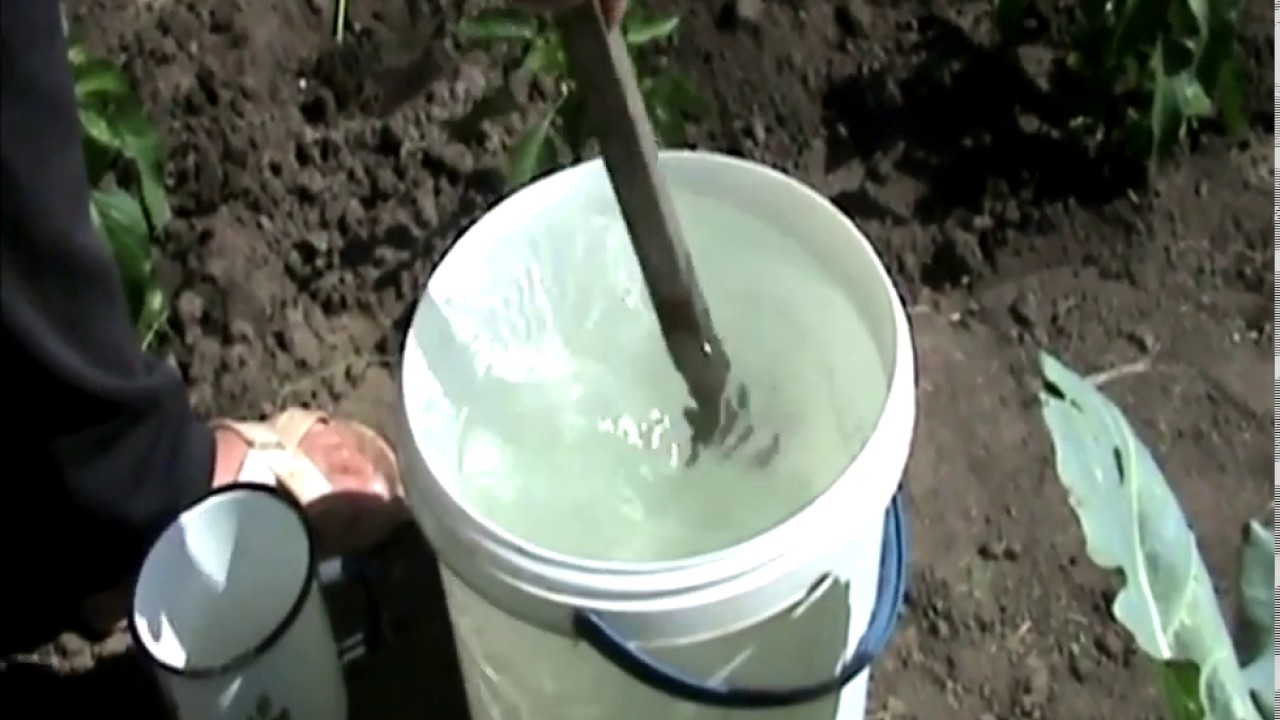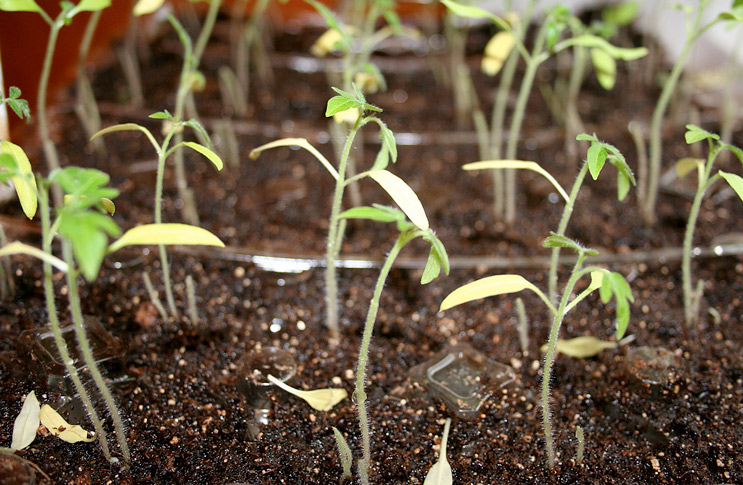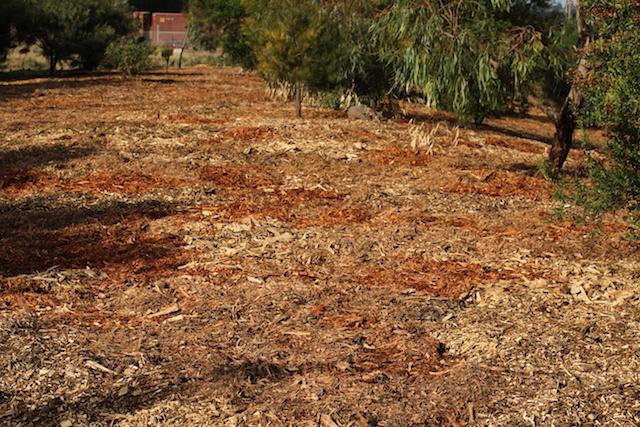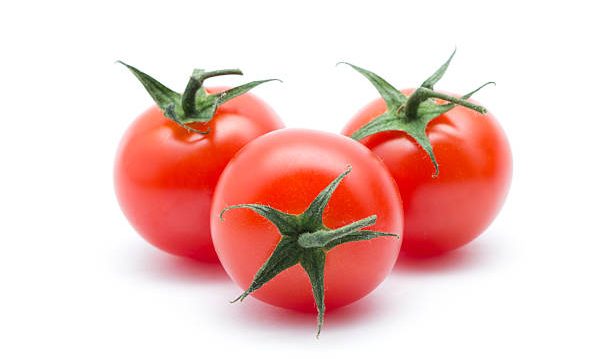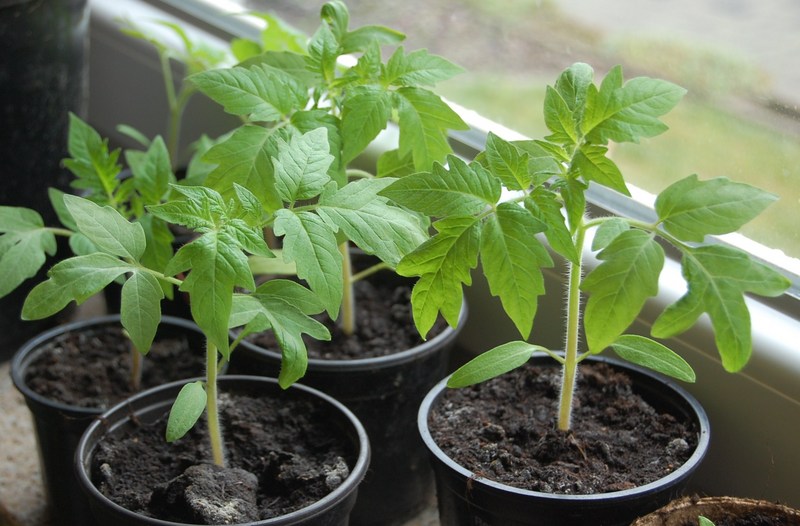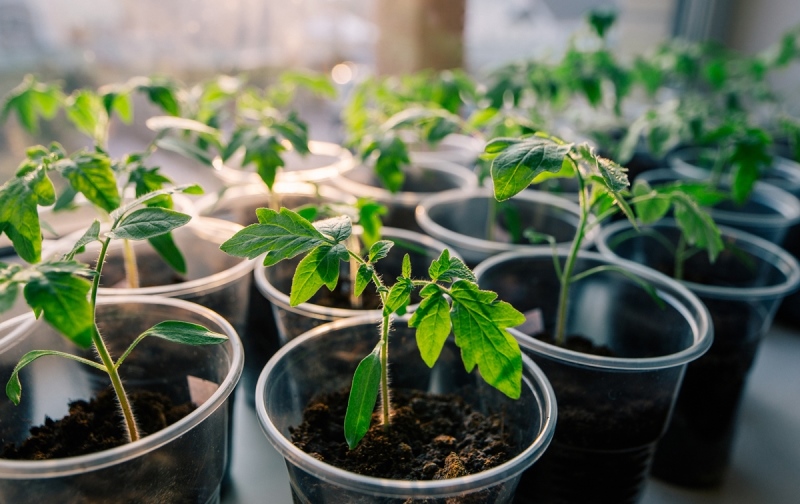Content:
There are times when forecasters promise warm, sunny weather, and gardeners are in a hurry to plant tomato seedlings. But suddenly frosts return, and the seedlings freeze. This nuisance greatly upsets summer residents, and the question arises: if tomato seedlings are frozen, what to do?
The reasons why the seedlings freeze
Before embarking on the process of restoring seedlings, you need to understand the causes of freezing. The main ones are not that the frosts have returned, and not the errors of weather forecasters, but non-observance of the rules for planting and growing crops. The main reasons are:
- Failure to comply with the specified deadlines for planting tomatoes, both in a greenhouse and in open ground. Especially when it comes to regions where the summer is too short.
- The beds, practically not prepared for planting, were not digging the soil, the surface was not loosened.
- Before planting seedlings in open ground, they were not taken outside for hardening.
- We did not mulch the root zone.
How to fix the situation
Tomatoes frozen in the greenhouse what to do? They reanimate the culture, depending on the level of the coming frost. A frost is considered weak, if the air is up to minus two degrees, a strong cooling occurs from minus two degrees.
With mild frosts
Frozen seedlings urgently need to be warmed up with water from a natural source, it can be:
- River;
- Ozernaya;
- Rain;
- From the well.
For each bush, you need to pour at least five liters, and also water the aisles. This must be done even before the sun rises. The poured tomatoes are immediately covered with a frame structure with a stretched dense film.
If the weather forecast is no longer encouraging, you need to take care of additional shelter. For this, old things are used, such as blankets, blankets, as well as cardboard and roofing material.
With the help of dousing, the plants are completely returned to the moisture that they lost during freezing. In addition, the process of sap flow begins in the stem, and it returns to life. Every gardener knows that tomato seedlings are completely covered with scarlet villi, each of which has a small droplet. Little dewdrops can only be seen under a magnifying glass. At the end of watering, it is not recommended to touch the plant.
In severe frosts
Naturally, the plant is able to recover from frostbite on its own. This process is laid down in it by nature. But in order not to waste time and speed up the process, he needs help. Frozen plants can be recognized by their appearance, especially by the leaves, which:
- Changed color to black or white;
- Curled up and began to dry;
- Fly around.
Treatment in this case should begin with immunomodulators. If the resuscitation process is carried out correctly, then the tomatoes will not differ in any way from their congeners grown under normal conditions and without extreme. Perhaps the yield will be slightly lower, but it will still delight the gardener. So how do you reanimate severely frostbitten seedlings?
Immunomodulators
Most often, experienced gardeners resort to using a biostimulant like Epin. This remedy helps to strengthen the plant's own defenses. With his help, it was possible to save more than one tomato bush, affected by frost, seeing which summer residents despaired and did not believe in a positive result.
Apply it as follows:
- The ampoule of the drug is diluted in five liters of water and half a teaspoon of citric acid is added to the solution.
- The plant is treated twice a day: in the morning and in the evening.
- Be sure to water the soil in the root zone of the plant.
In the Urals, gardeners often use a mixture of drugs to resuscitate seedlings, the action of which is aimed at restoring the plant:
- "Healthy Garden"
- Ekoberin,
- "NV-101",
- "Epin".
For the same purposes, solutions of drugs such as "Cytovit" and "Zircon" are well suited. They are diluted in the ratio of one ampoule to ten liters of water.
Pruning
Dormant buds can be used to revive the plant. They are located in the leaf axils and near the root system. In order to stimulate their awakening, gardeners cut off all parts affected by frost. There are times when you have to cut off the entire stem, almost to the very surface of the earth. This leaves only a small core and root system.
At first glance, such a procedure is hopeless, and many prefer to discard the seedlings. But this should not be done, as pruning gives the best results.
After cutting the beds, you need to water them with liquid fertilizers. For this you will need:
- Urea;
- Potassium humate and bird droppings.
If the culture was planted in the open field, then a frame should be built over it and covered with a film, preferably in two layers. After a few days, new stepchildren will grow from the root system. If you follow all the rules for caring for the crop, then as a result you can get a good harvest. The fruits will ripen a little later, but, nevertheless, they will be large and juicy.
Tomatoes can be restored in this way only when the stem was significantly deepened into the soil during planting.
Warming with fires
Large areas with tomatoes planted on them can be warmed with fires. They need to be flooded around the perimeter of the entire area. Natural material is used as fuel. Perfect for these purposes:
- Dry weeds;
- Manure;
- Fresh twigs from spring pruning.
This material should, when burning, give off a thick smoke, with the help of which the plants will warm up.
Using heaters
This method is perfect for the greenhouse method of growing tomatoes. In severe frost, the plant will not save the greenhouse covering material, so it will also have to be reanimated. Many are interested in: if the tomatoes in the greenhouse are frozen, what to do? The first steps should be as follows:
- Watering the culture with water heated to thirty degrees;
- Immunomodulator treatment;
- The use of urea for plant nutrition.
If the frosts do not recede, then after the resuscitation process, it is necessary to take measures to maintain the life process in the culture, the main need of which is to maintain heat. For this, heating devices must be installed in greenhouses and greenhouses. These can be ordinary smoke bombs, buckets filled with embers, barrels into which boiling water is poured. If the seedlings grow in individual containers, they can simply be transferred from the greenhouse to the house.
Shelter seedlings from sunlight
You need to know in advance how to reanimate tomatoes after the returned freeze. This method is only suitable if the seedlings have not changed the color of the leaves, but simply slugged a little when the frost has managed to grab the top. In this case, even before the sun rises, you need to build a shelter over the plant. For this, the materials must be prepared in advance, so that later you do not rush in search of the right things.
To cover the plants, you can use ordinary cardboard or build a greenhouse. After that, the plant must be treated with a drug that stimulates growth. Thus, it will get a second chance for life and move away.
The covered plant will not suffer from sunlight, which in this case will become destructive for it. All parts of it will gradually thaw. The moisture on the stem bristles will not evaporate. By the end of the day, the tomatoes will begin to rise and spread their leaves, they will look fresh.
Preventive measures
There are times when the air temperature drops, and frosts return, contrary to all forecasters' forecasts, and no one can do anything about it. Gardeners who have experience and have faced similar problems for several years prepare in advance for such events and always have the necessary materials at hand.
They prepare the plants in advance for a possible cold snap and, first of all, mulch the soil to protect the root system, it will not be able to freeze. Before planting seedlings in open ground, dig a hole that corresponds to the diameter of the bucket. Straw, manure, peat or the remnants of weeds that have remained from the fall are put there. This mixture of mulch begins to decompose in the ground, while generating heat, which warms the plant on cold days.
In order to avoid hypothermia of plants, you can use roofing material. This material is able to accumulate heat during the day and release it gradually at night. You can cover the soil with roofing material, or you can build small caps with which you need to cover each tomato bush. You can see how this is done in the photo.
The next prevention option, in which the seedlings will not freeze, are trenches that give off heat. To do this, small ditches are dug between the rows, where organic material is laid and covered with earth. In the trench, the decomposition process begins, as a result of which heat is released, which warms the plants.
Using a thick layer of mulch can also keep tomatoes and peppers free from frost. To do this, the bush is completely covered with hay, dry tops or last year's foliage. Thus, the tomato bush seems to be dressed in a warm coat, which will keep it from the cold.
In the event that the plant cannot be restored in any of the ways, you should not panic. More experienced agronomists never despair, and before removing a dead plant, they try all methods of resuscitation. With the right care and diligence, the plant will come to life and begin to grow and develop. He needs to be given a chance.
If nature decided to play a trick on the gardener, then you should not give up and be offended.Do not shout: tomato seedlings are frozen, what to do? In this case, the only solution is to roll up your sleeves and start working.
The restored plants will thank the worker with a generous harvest. Maybe even a little less than with successful cultivation of the crop, as well as with a delay, but still the summer resident will not be left without a crop. Thus, you need to know what actions to take and what needs to be prepared so that the bad weather does not catch you by surprise.
